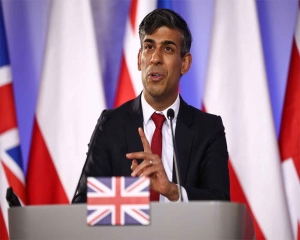As the summer season approaches, India braces itself for a challenging scenario of water scarcity, as evidenced by recent data from the Central Water Commission (CWC) concerning the live storage capacity in the country’s primary reservoirs. The figures paint a stark picture, revealing that the current storage levels stand at a mere 38 per cent of their total capacity.
This alarming statistic not only raises immediate concerns but also underscores a worrying trend amid the broader context of climate change which threatens to impact the water resources banks such as glaciers and rivers across the Himalayas range.
As per the data, in urban areas like Bengaluru, the situation is already dire, with water shortages becoming increasingly prevalent. The city is grappling with a substantial daily shortfall of approximately 500 million litres, pitted against a staggering demand of 2,600 million litres per day. Such a deficit places immense strain on the city’s water resources and infrastructure, significantly impacting the lives of its residents.
The predicament in Bengaluru is further exacerbated by the drying up of borewells, which serve as a vital source of water for thousands of households. Shockingly, out of the 14,000 borewells scattered across the city, nearly half, amounting to 6,900, have already run dry. This alarming trend reflects the severity of the water crisis unfolding in one of India’s major urban centers.
Among the States, Karnataka, along with several others including Himachal Pradesh, Punjab, Madhya Pradesh, and others, have reported lower storage levels compared to the same period last year, as highlighted in the weekly bulletin by the CWC.
According to the statistics, the total live storage capacity of the 150 primary reservoirs in India amounts to a significant 178.784 billion cubic meters (BCM). However, the current live storage available in these reservoirs paints a different picture, standing at a mere 67.591 BCM, which represents just 38 per cent of their total capacity. This disparity between capacity and actual storage levels raises questions about the efficacy of water management practices and the need for more sustainable solutions.
In the Southern region of India, encompassing states like Andhra Pradesh, Telangana, Karnataka, Kerala, and Tamil Nadu, the situation is particularly grim. Here, the total live storage available in reservoirs is a mere 23 per cent of their total capacity. This dismal figure marks a significant decrease compared to storage levels during the same period last year and falls below the average storage over the past decade.

























